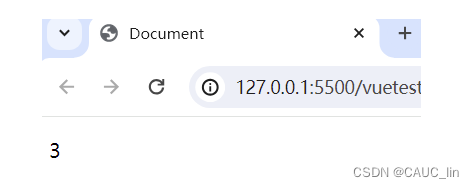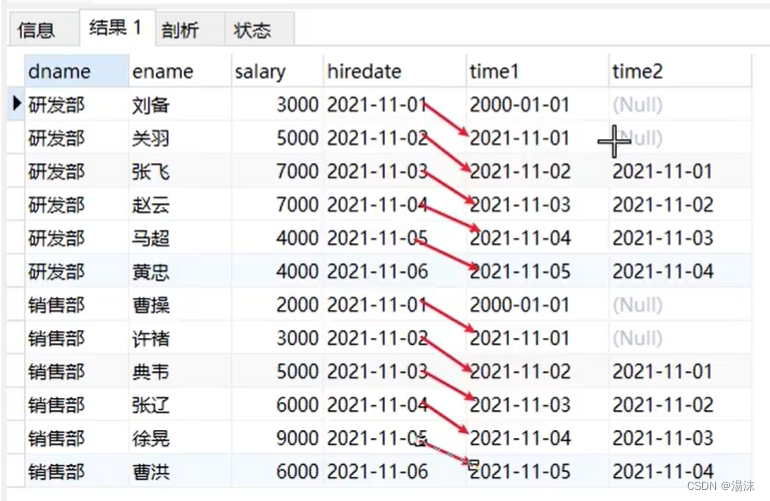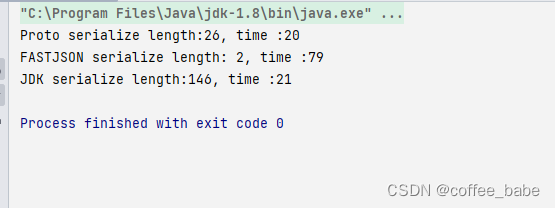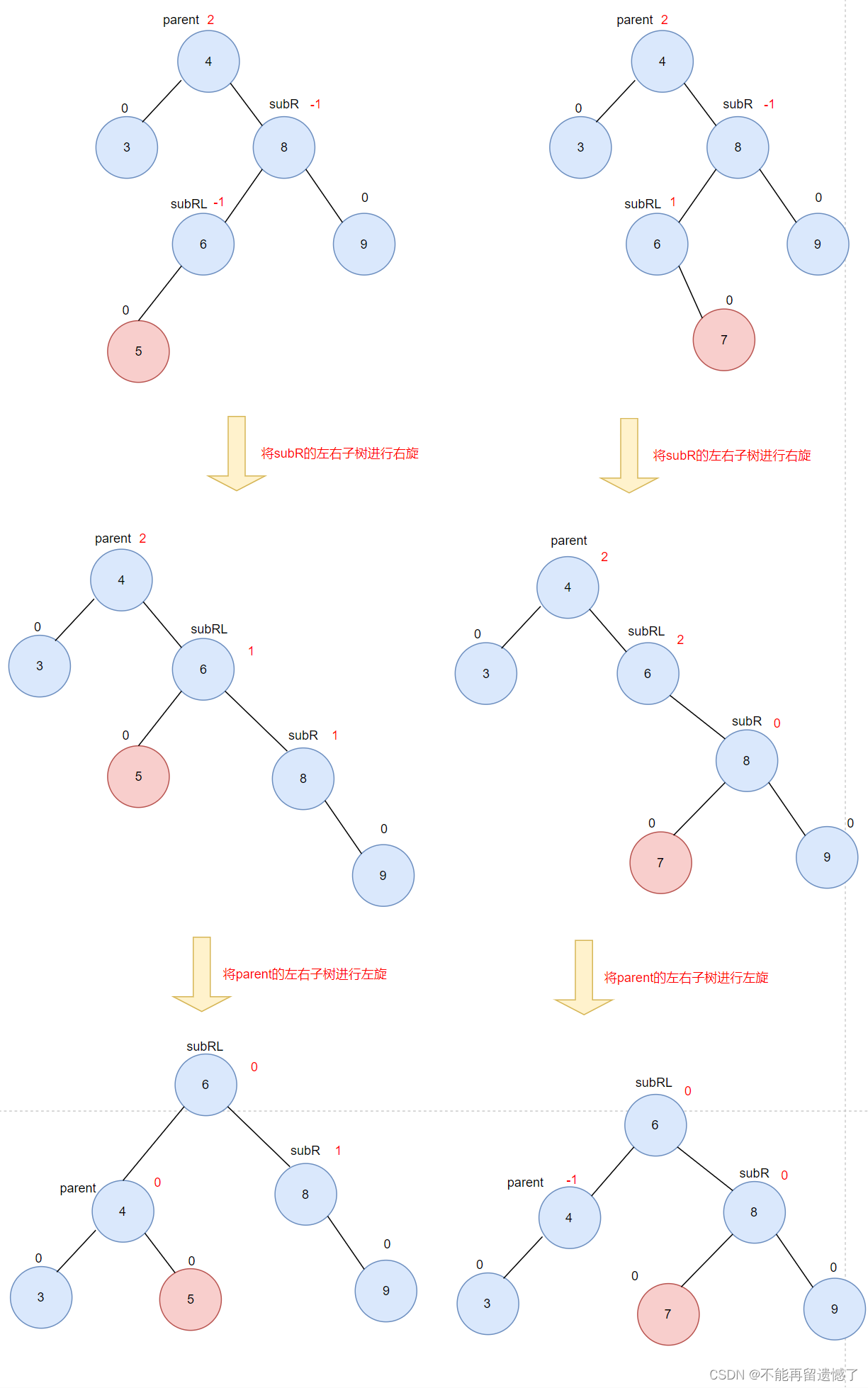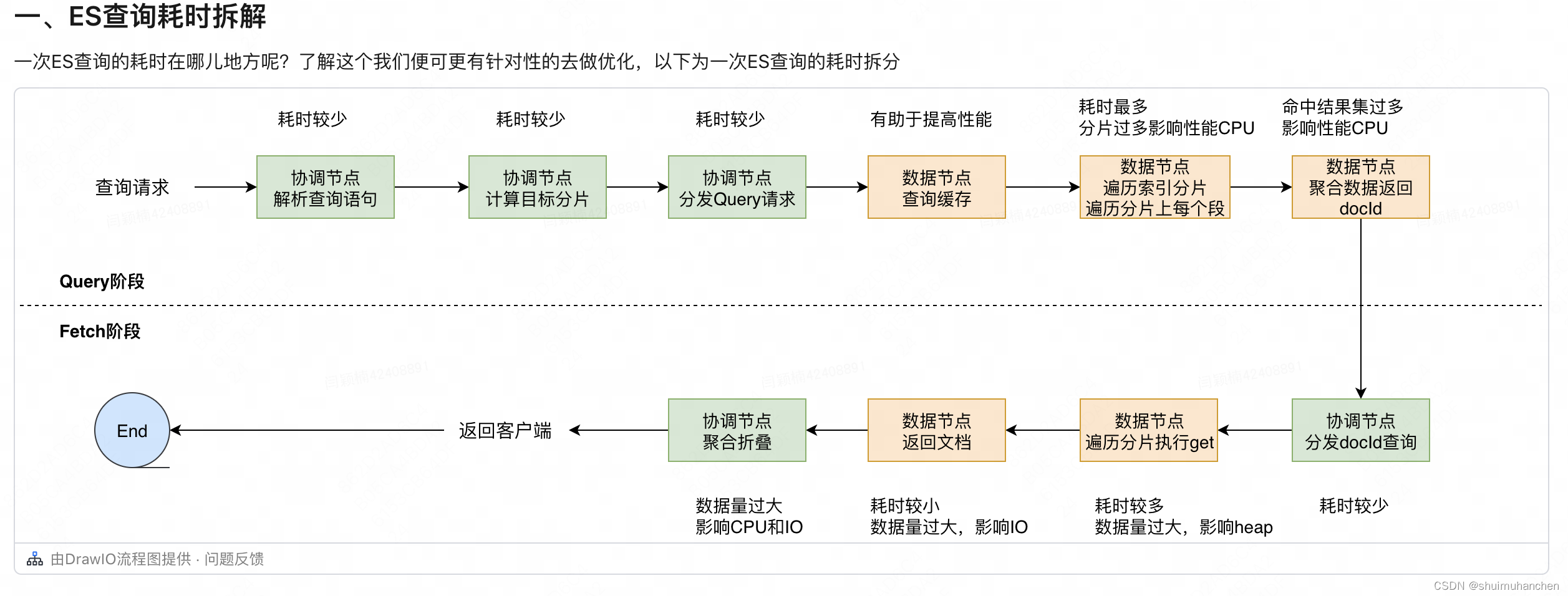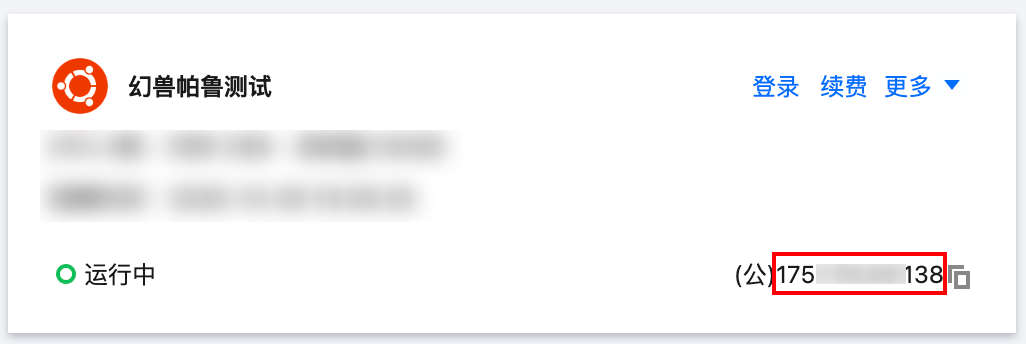一、computed 计算属性
-
在Vue应用中,在模板中双向绑定一些数据或者表达式,但是表达式如果过长,或者逻辑更为复杂 时,就会变得臃肿甚至难以维护和阅读,例如:
<div> 写在双括号中的表达式太长了,不利于阅读 {{text.split(',').reverse().join(',')}} </div>将这段操作text.split(‘,’).reverse().join(‘,’) 放到计算属性中,最终返回一个结果值就可以
-
作用
减少运算次数, 缓存运算结果. 运用于重复相同的计算.
二、代码演示
1、传统方式
-
代码
<!DOCTYPE html> <html lang="en"> <head> <meta charset="UTF-8" /> <meta name="viewport" content="width=device-width, initial-scale=1.0" /> <title>Document</title> </head> <body> <div id="app"> <p>{{add()}}</p> </div> </body> <script src="js/vue.min.js"></script> <script> var Vm = new Vue({ el: "#app", data: { x: 1, y: 2, }, methods: { add: function () { return this.x + this.y; }, }, }); </script> </html>
2、computed 优化
-
修改代码
<!DOCTYPE html> <html lang="en"> <head> <meta charset="UTF-8" /> <meta name="viewport" content="width=device-width, initial-scale=1.0" /> <title>Document</title> </head> <body> <div id="app"> <!-- <p>{{add()}}</p> --> <p>{{add}}</p> </div> </body> <script src="js/vue.min.js"></script> <script> var Vm = new Vue({ el: "#app", data: { x: 1, y: 2, }, methods: { // add: function () { // return this.x + this.y; // }, }, // 使用computed属性 computed: { add: function () { return this.x + this.y; }, }, }); </script> </html> -
测试结果
